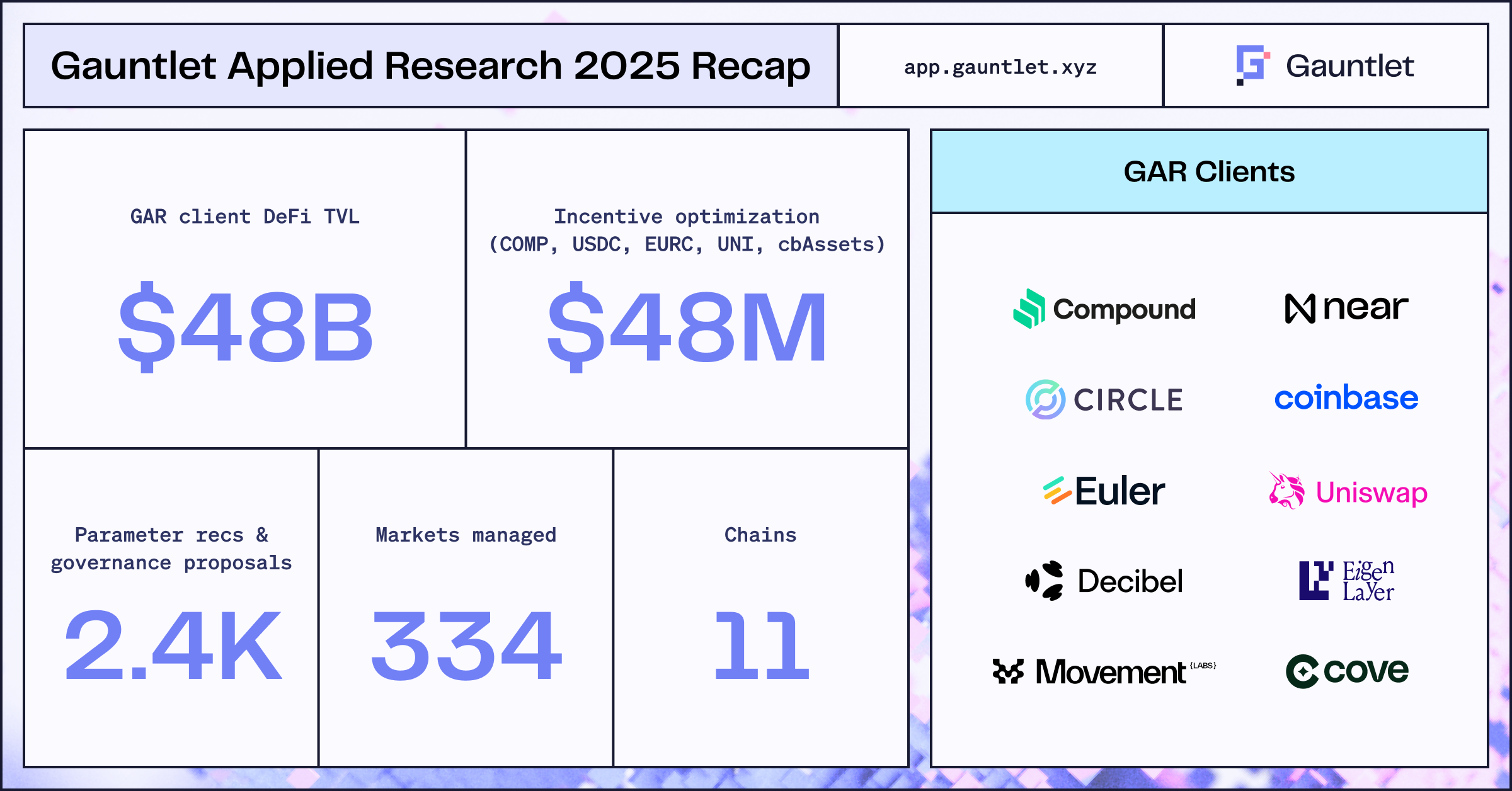As DeFi perpetual futures (perps) have grown in popularity, Gauntlet has developed methodologies around this emerging product type. This blog post reviews the basic mechanics of perps and provides an intro for our more advanced research.
Since perps share some characteristics of traditional financial instruments like futures, we can start by contrasting the two. Traditional futures were popularized in the 19th century as a way for traders to buy or sell goods for later delivery. For example, an oil company looking to sell its upcoming production could sell futures to take a short position. Once the futures expire, the trader on the other side would pay for the crude at a price determined by the futures trade. Because trading futures requires a relatively small amount of collateral, this would be an efficient way for the company to secure a price for its planned output. A futures exchange would hold the collateral and act as the trading intermediary to ensure that delivery happens as expected.

The price action of traditional futures is thus linked to the physical or financial product they represent. Buying oil futures immediately before delivery is practically the same as buying oil directly, so the prices of expiring futures converge to the price of the underlying. Futures exchanges typically have many active contracts expiring at different times to ensure that users can continually migrate their trading as contracts expire.

The key innovation of perps is eliminating the expiry mechanism while preserving the convenience and collateral efficiency of traditional futures. Rather than terminating at a set date, perpetual futures trade indefinitely and use ongoing payments to maintain the desired price behavior. Since there is no delivery of the underlying product, perps need an external reference to determine the price they track.
When a perp trade is closed, the losing trader owes the profitable trader a return based on the reference price. Additionally, there are usually “funding” payments during the lifetime of the perp, which can more closely align it with the reference. For example, if the perp price is much higher than the reference price, traders on the long side may have to pay more funding to discourage the pricing from deviating further. Specific perps platforms have different ways of calculating and executing the payments between traders. Perps implemented in a DeFi environment, however, generally follow the basic structure below, setting aside the specific details.

Like a traditional futures exchange, protocols offering perps take collateral from both sides of the trade. To ensure that expected payments can be made, the collateral must always exceed the value that needs to be transferred between traders. This introduces the problem of risk management. Perp protocols must set parameters and test their logic to protect from collateral shortfalls. In a series of upcoming methodology articles, we will describe how Gauntlet optimizes parameters such as:
- Collateral requirements
- Funding parameters
- Position limits
As perps become an integral part of DeFi ecosystems, we look forward to applying these methodologies to support safe and efficient markets. Gauntlet aims to solve some of the most relevant risk management problems facing DeFi markets today by extending our coverage to perps.
Blog
View the full presentation
Read the full paper









